Vietnam’s e-government plan needs a big push
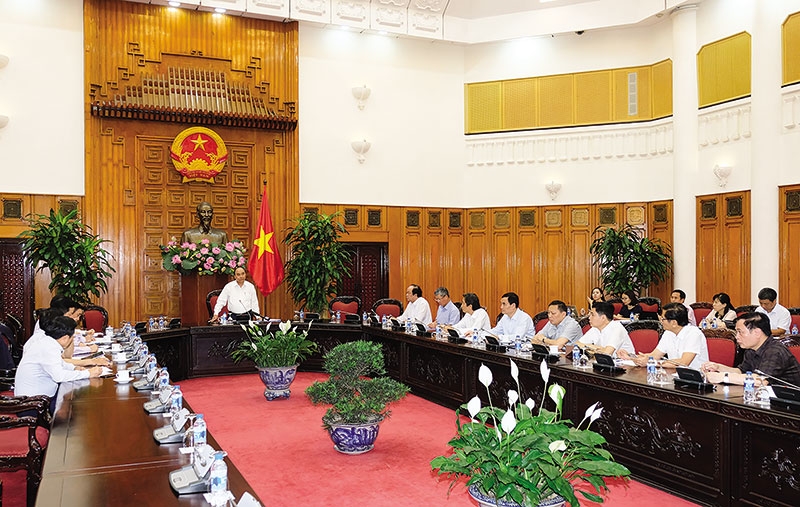 |
| Prime Minister Nguyen Xuan Phuc ordered the implementation of online public services to benefit people and firms, Source: Government Office |
At Estonia’s e-Estonia showroom based in the capital city of Tallinn’s own ‘Silicon Valley’, IT expert Onnik Indrek showed off an electronic identity card, which, he said, can help him do almost everything in life.
According to him, Estonia, known as one of the most advanced “e-states” of the world, is home to the most highly developed national ID card system in the world. Much more than simply a legal picture ID, this mandatory national card serves as a digital access card for every secure e-service in Estonia.
The chip on the card carries embedded files using RSA 2048-bit public key encryption, which enable it to be used as definitive proof of identity in an electronic environment.
The electronic ID card was introduced in 2002, and by 2015, more than 94 per cent of Estonian residents were carrying one. The ID card is the ultimate key, used in the real world as well as to gain secure access to a large number of services online. Many countries have tried to implement similar solutions.
“The card is used as a national ID card for legal travel within the EU and Schengen area, and as proof of identification for e-banking, telecom, and other private sector services. It can also serve as a customer loyalty card, library card, and public transportation card,” Indrek said. “In addition, it can be used for accessing all government services and data to check one’s medical records, to file taxes, and also for picking up prescriptions, as a national health insurance card, as a driver’s license, for digital signing, and for e-voting.
“I know that Vietnam also wants its citizens to have such cards in the future,” Indrek went on to say. “I believe that with its great potential in the usage of the internet and smartphones, Vietnam can achieve its goal.”
Great potential
On October 14, 2015, the prime minister issued Resolution No.36a on e-government development in Vietnam. E-government is considered an effective mechanism for increasing government productivity and efficiency and a key enabler of citizen-centric services. However, despite the Vietnamese government’s considerable investment in e-government, the results are still far below expectations. Vietnam is therefore learning from several nations, including Estonia, South Korea, and France, how to develop an efficient e-government system.
Indrek said Vietnam could have an e-government system based on the effective use of the potential in the country’s extensive internet coverage and smartphone usage – the same way used in the past by Estonia.
According to the Ministry of Information and Communications (MIC), as of late June, Vietnam had over 123 million mobile phone subscriptions – including 2G, 3G, and 4G services. Some 54.2 per cent of the country’s population are using the internet.
According to the United Nations Development Programme (UNDP) in Vietnam, Vietnam ranked 89th globally in e-government development in 2016, and this rank could improve if the government learns how to tap the potential of its internet usage.
A recent UNDP survey of nearly 14,100 Vietnamese people conducted late last year showed that 37.97 per cent of respondents have an internet connection in their home, up from 31.34 per cent in 2016. Nearly 92 per cent use the internet less than five hours per day. Some 84.2 per cent read information on smartphones and personal computers, with nearly 58 per cent using smartphones.
Deputy Minister of Information and Communications Nguyen Minh Hong said that these numbers are quite favourable for Vietnam’s ambitions to successfully build an e-government system.
“Vietnam has many opportunities in developing its e-government system and improve its public services by applying digital-based solutions, as many nations like Estonia, France, and South Korea have done. Vietnam has also worked with these nations on its plans to develop an efficient e-government system,” Hong said.
However, the problem now is working out how to apply the lessons from these nations to Vietnam, and how to integrate data among ministries, agencies, sectors, and individuals into one integrated and shared system, according to experts.
According to the Government Office, several results have been produced by the government’s efforts to build an e-government system. Ministries and localities have applied IT in their systems to provide online public services for people and enterprises. They have dealt with many types of dossiers from entities such as the Ministry of Public Security (8.8 million dossiers), the Ministry of Industry and Trade (772,000 dossiers), the Ministry of Education and Training (270,000 dossiers), the Ministry of Transport (over 144,000 dossiers), Hanoi (225,200 dossiers), as well as the provinces of Lam Dong (110,625 dossiers), Ca Mau (95,000 dossiers), Thai Nguyen (91,200 dossiers), and Ha Nam (82,000 dossiers).
Much remains to be done
However, at a conference on Vietnam’s e-government development 2018 held in Hanoi last week, Do Thanh Huyen, expert in public policy of the UNDP in Vietnam, cited an example of how Vietnam’s efforts to build an e-government system are being slowed down.
The UNDP in Vietnam sent a message to the people’s committees of many cities and provinces nationwide, based on the email addresses posted on their e-portals. However, one-third of the emails were returned immediately due to wrong addresses, another third were returned due to technical errors two days later, and the rest failed to get a response.
“The way for Vietnam to reach an efficient e-government remains a long one if this situation continues,” Huyen said.
Recently, at another meeting on e-government development in Hanoi, Prime Minister Nguyen Xuan Phuc warned that the sluggish
establishment of the e-government system will lead to low productivity and backwardness.
Emphasising the significance of a national database, PM Phuc said that the problem lies with the negligence of some ministries, agencies, and localities, not a lack of resources. Administrative reform should go in tandem with IT application, he said, describing IT as a tool to realise reform targets.
PM Phuc also agreed with the Government Office’s proposal to establish a national committee on e-government systems by revamping the national committee on IT application in building the e-government system.
According to Onnik Indrek from the e-Estonia showroom, only by effectively using the strengths of IT and the internet can Vietnam follow in the footsteps of Estonia and build a successful e-government system.
“Estonia has by far the most highly developed electronic ID system in the world, covering over 94 per cent of the population. It is successfully used by members of the public and in the private sector, allowing access to digital signatures,” he told VIR.
Currently, 99.8 per cent of all bank transfers in Estonia are performed online, making bank offices next to unnecessary, eliminating fraud and the fear of a grey economy.
In addition, about 98 per cent of personal income tax returns are filed via the e-tax board, and around 99 per cent of medications are prescribed electronically.
What the stars mean:
★ Poor ★ ★ Promising ★★★ Good ★★★★ Very good ★★★★★ Exceptional
 Tag:
Tag:
Related Contents
Latest News
More News
- Malaysia issues heatwave alert for 14 areas (April 15, 2024 | 09:12)
- China, Thailand forge alliance for moon exploration (April 15, 2024 | 08:00)
- Two Philippine navy pilots dead after helicopter crash (April 11, 2024 | 16:58)
- Singapore: E-commerce scams double in 2023 (April 11, 2024 | 16:55)
- Malaysia urges Meta, TikTok to curb harmful content (April 10, 2024 | 16:21)
- Renewable energy – leading solution to climate change mitigation in ASEAN (April 09, 2024 | 16:18)
- Philippines warns of scorching heat (April 09, 2024 | 16:13)
- Thailand cracks down on e-cigarettes at schools (April 08, 2024 | 17:10)
- Many Buddha figurines unearthed in Laos’ Xieng Khuang province (April 08, 2024 | 17:07)
- Marina Bay Sands announces expansion (April 08, 2024 | 16:28)




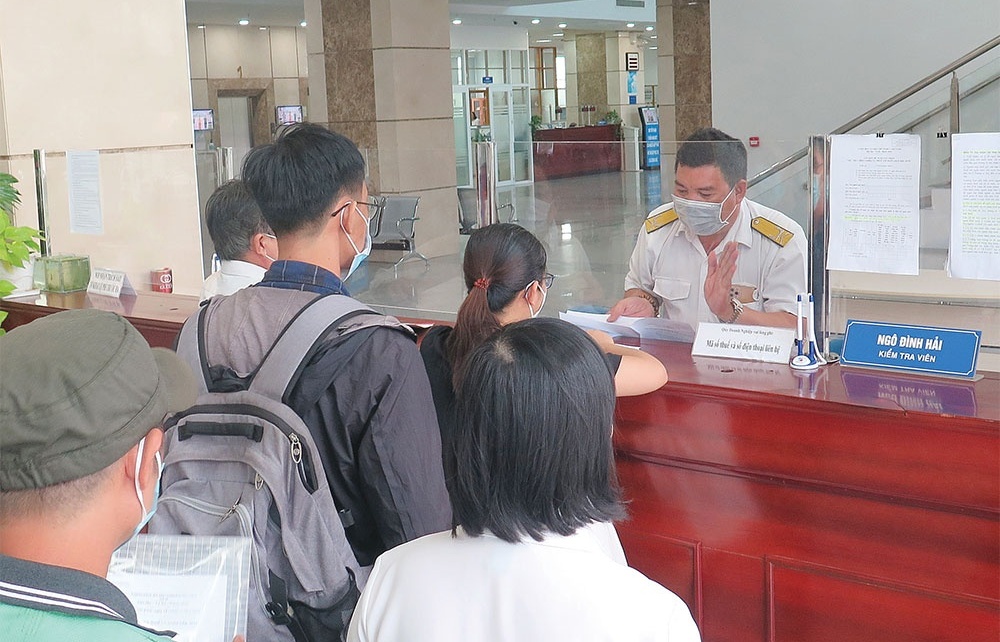

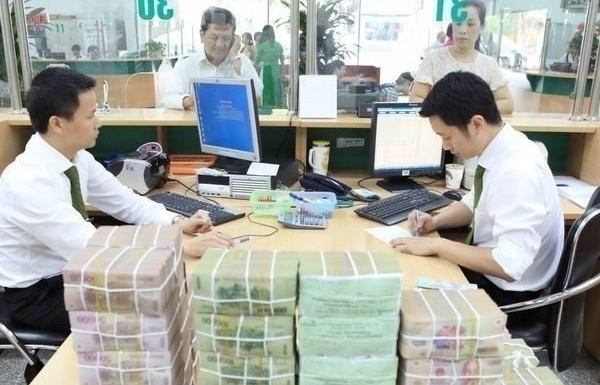


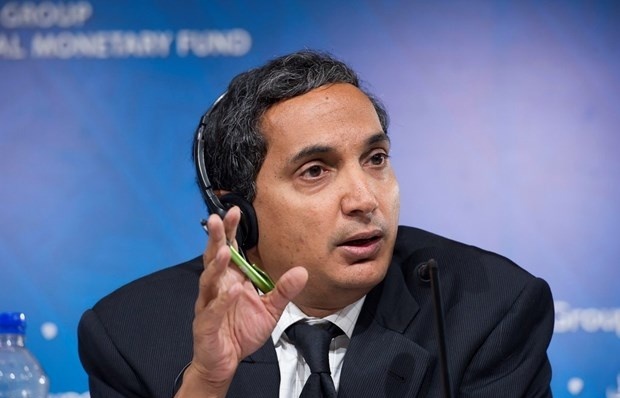



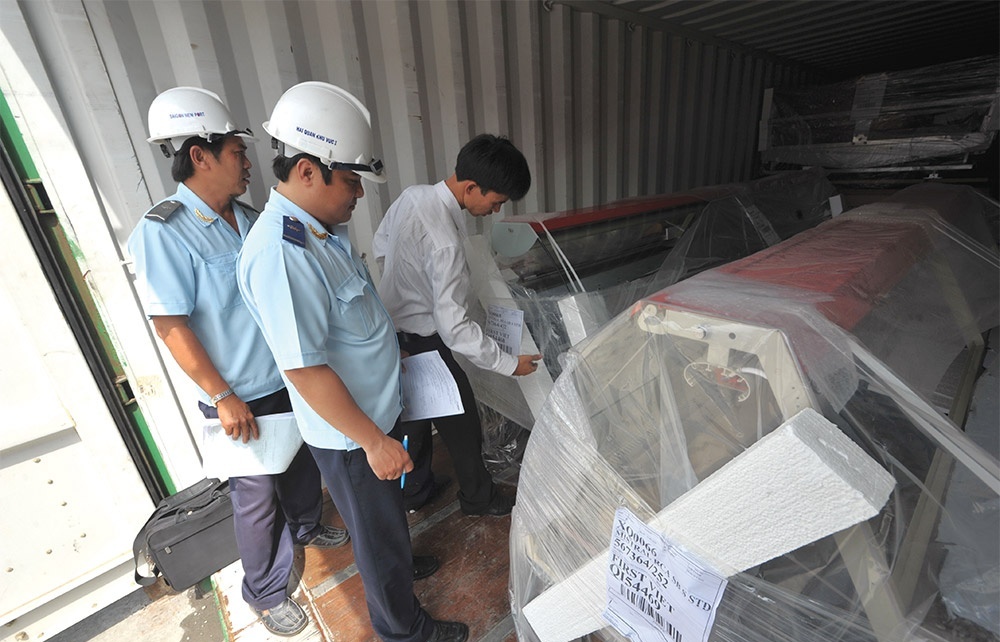










 Mobile Version
Mobile Version